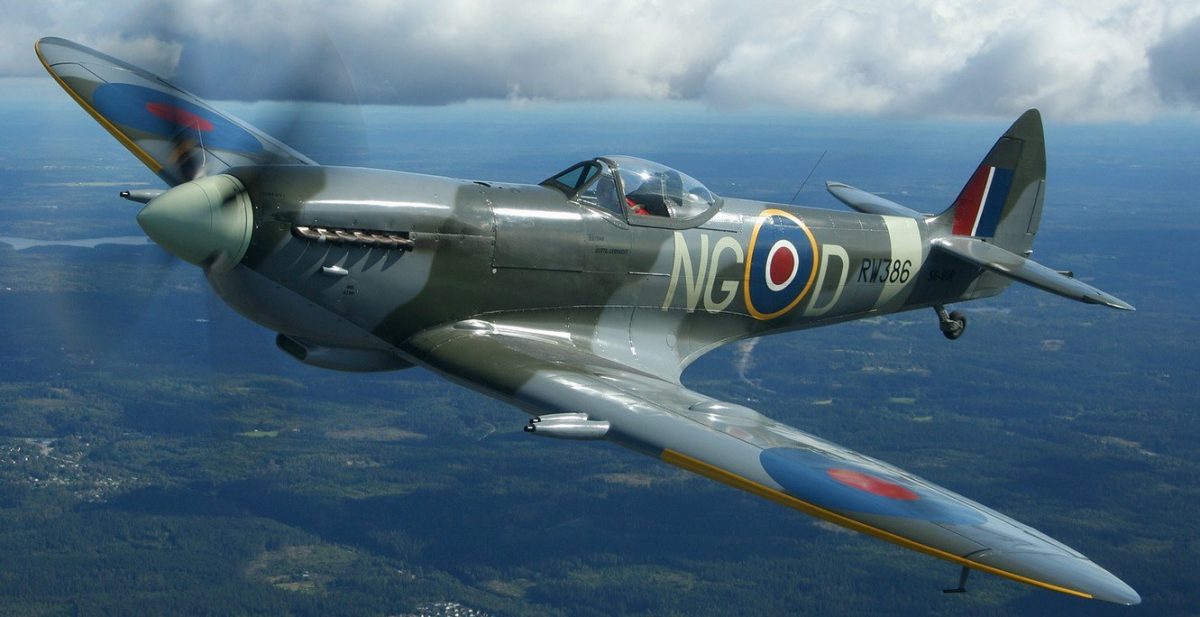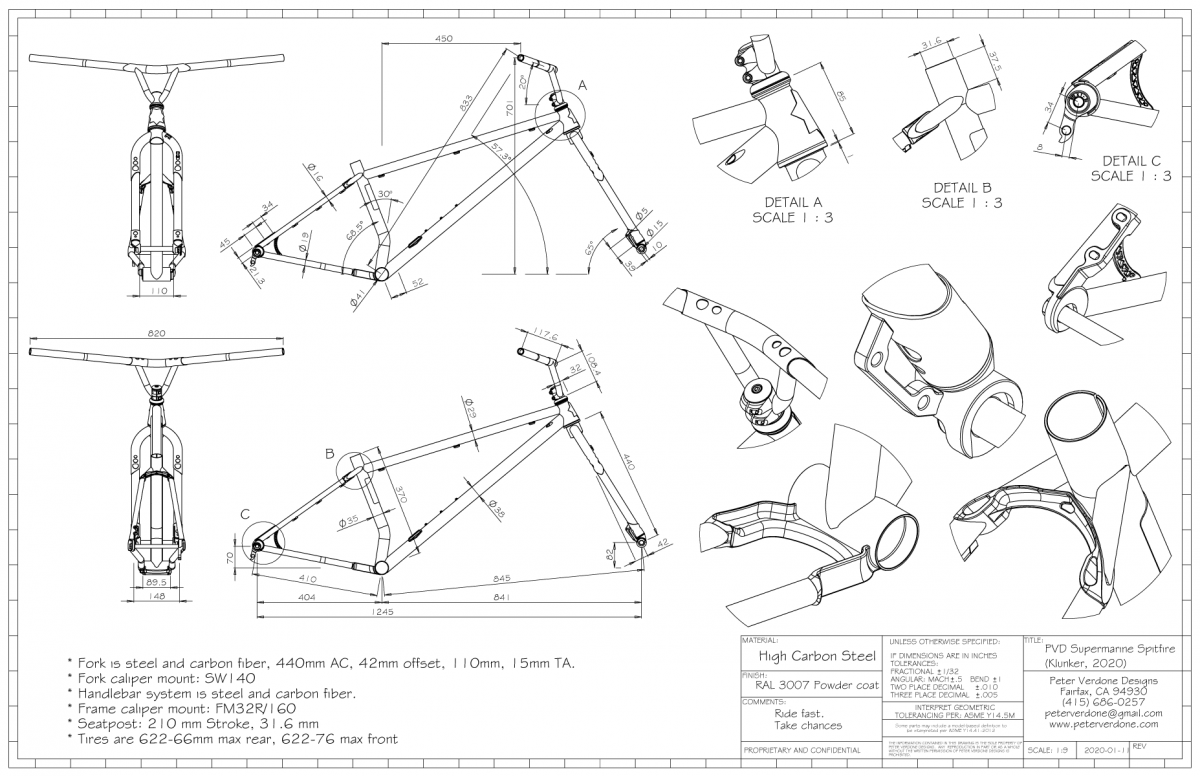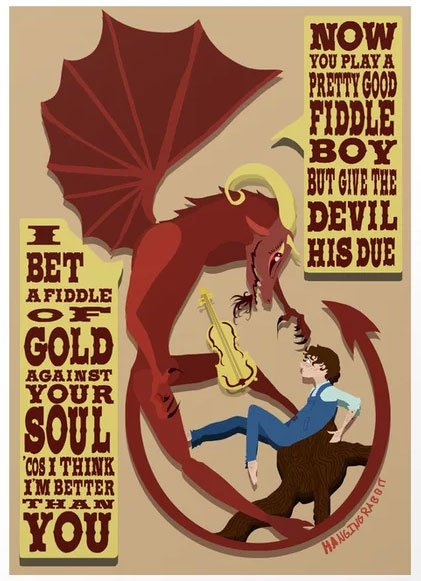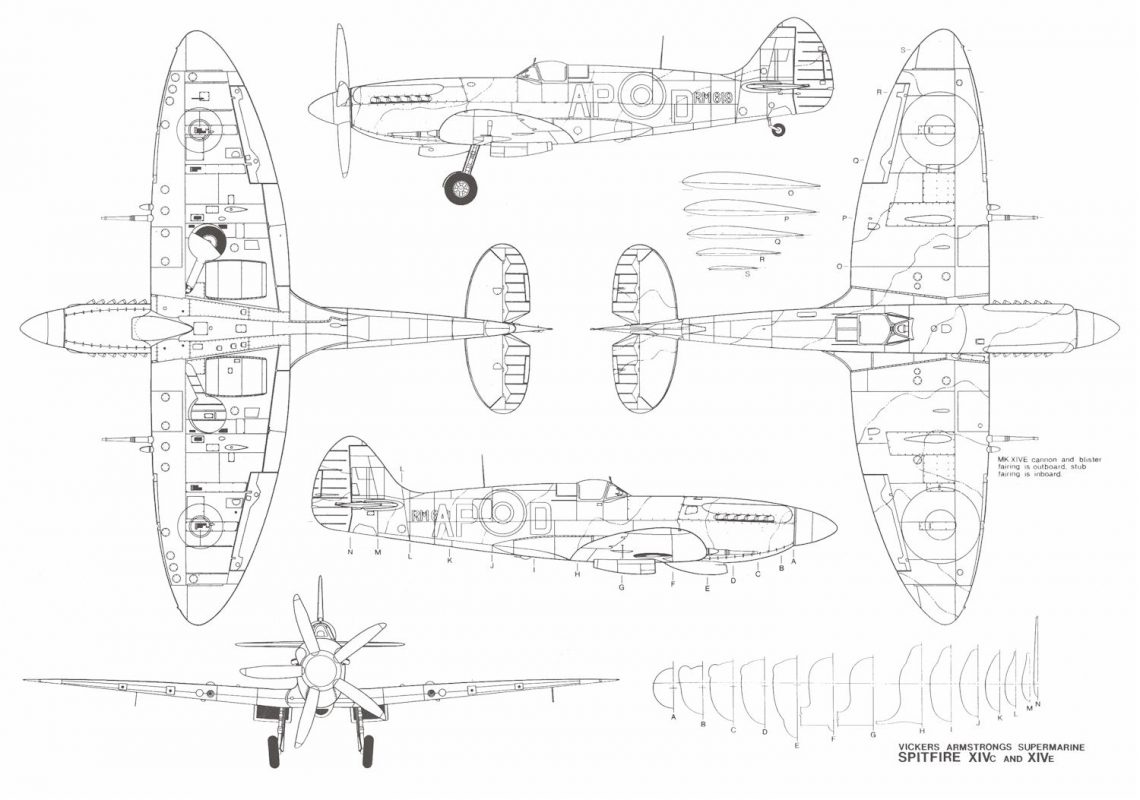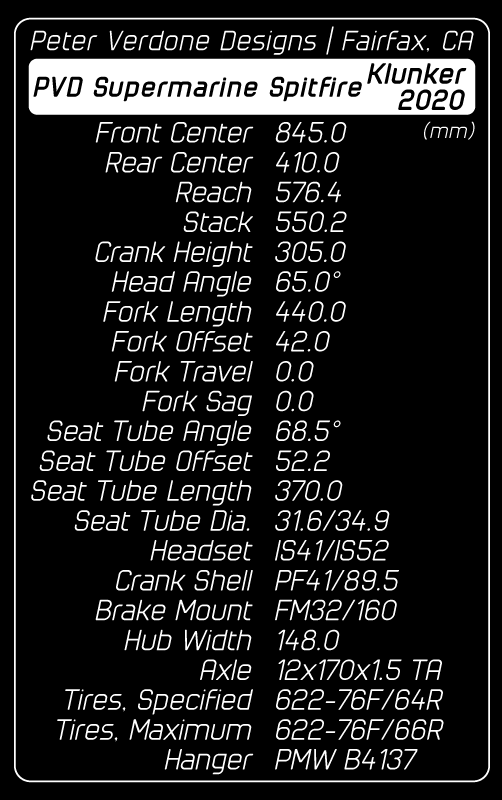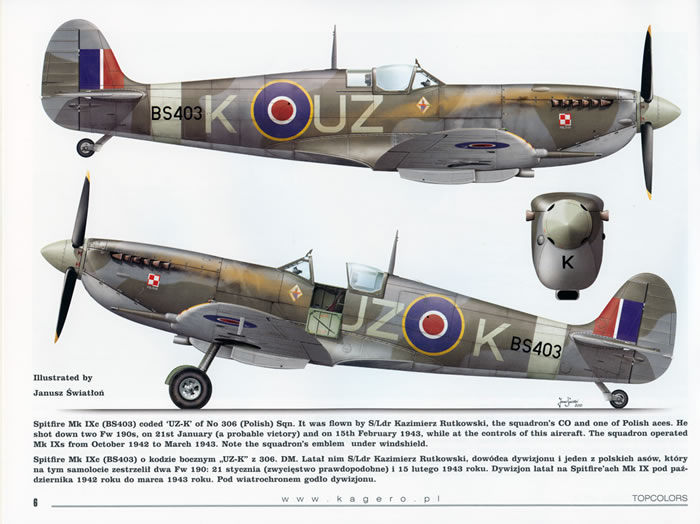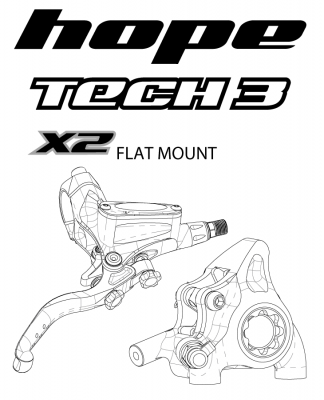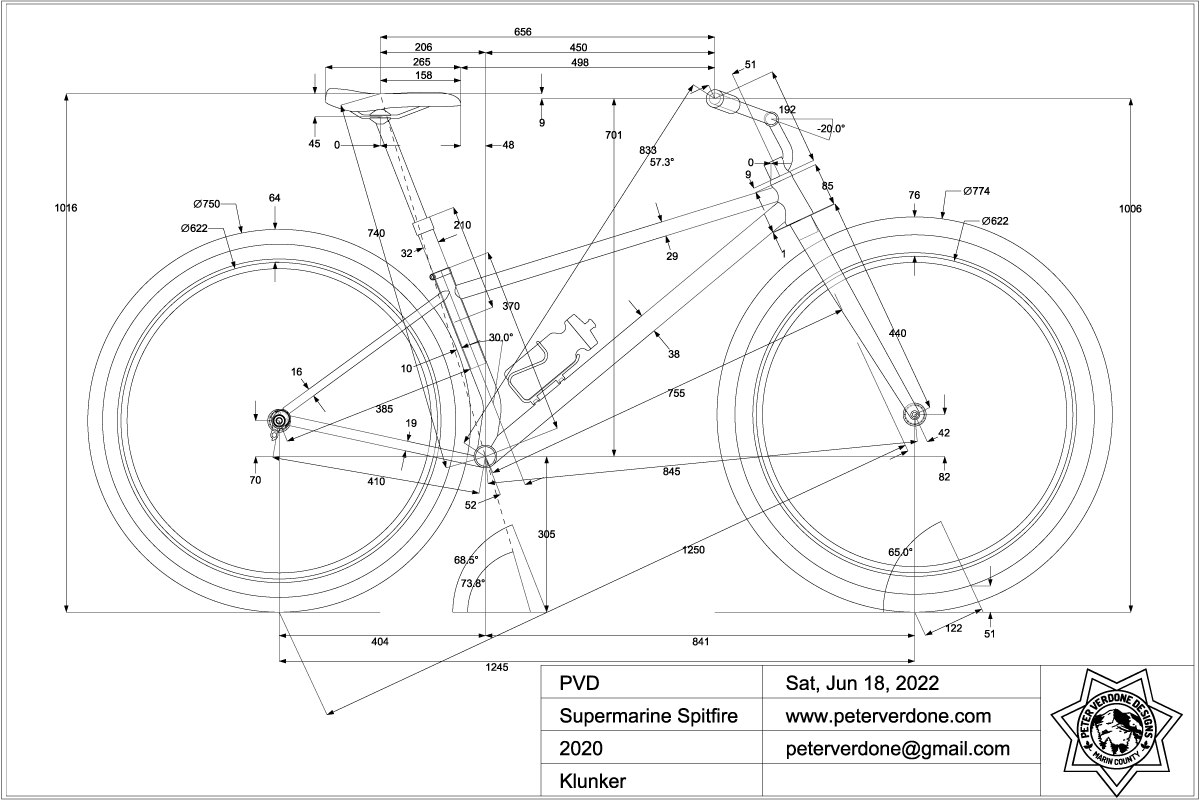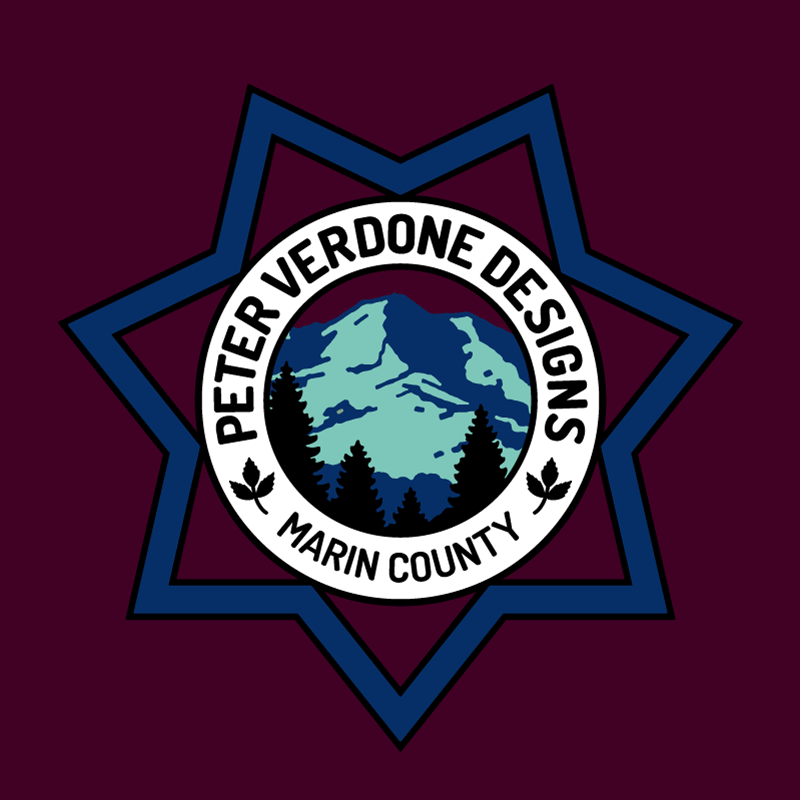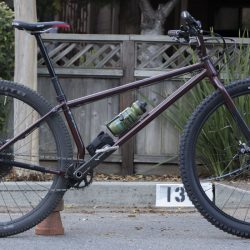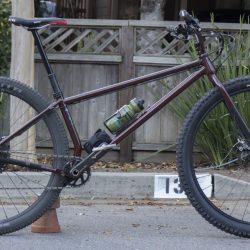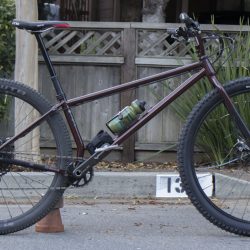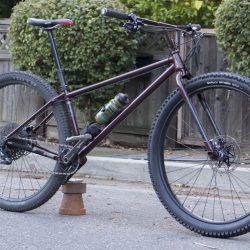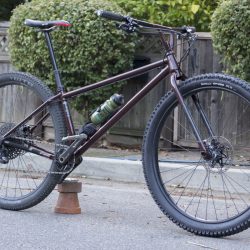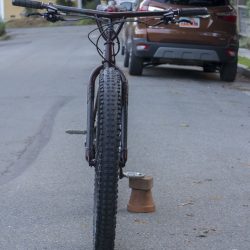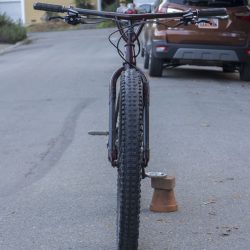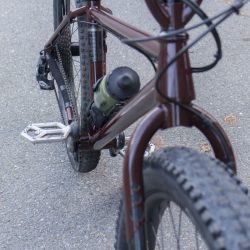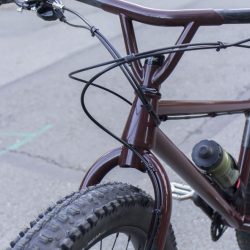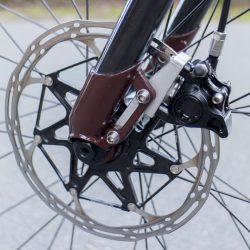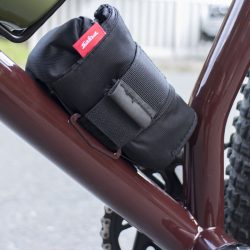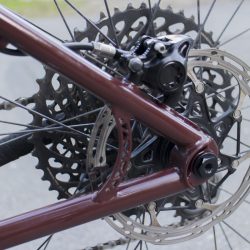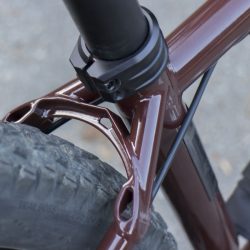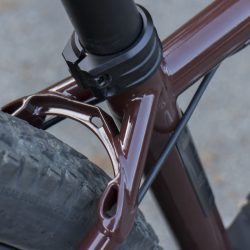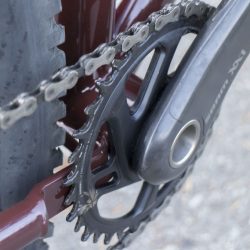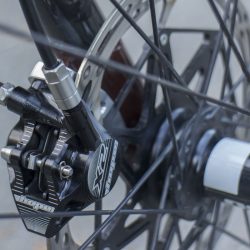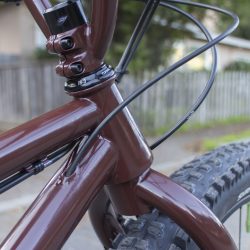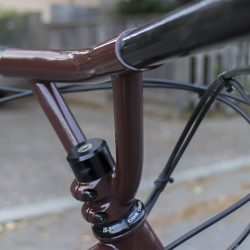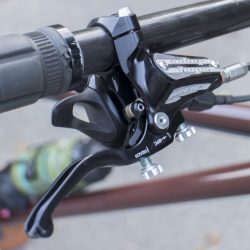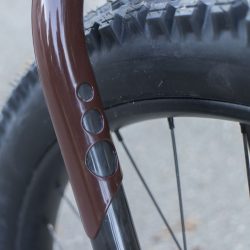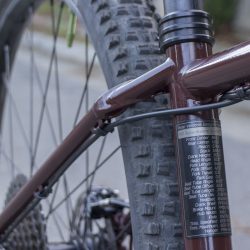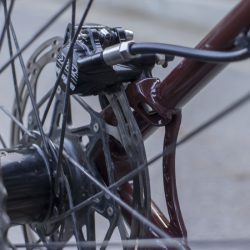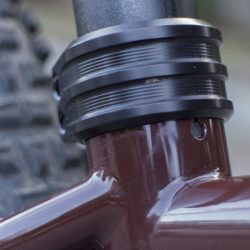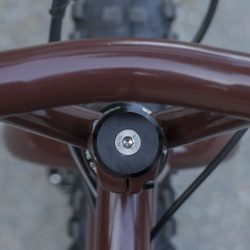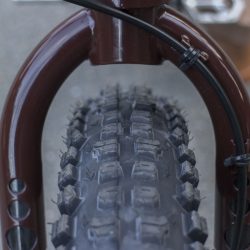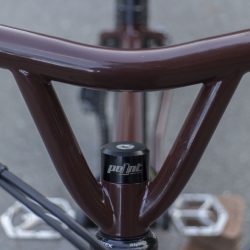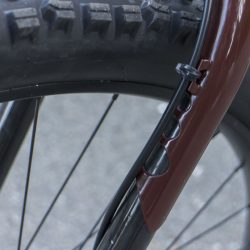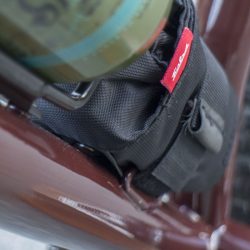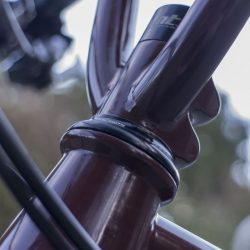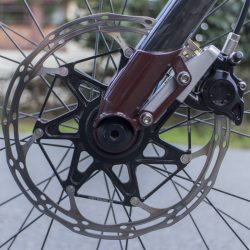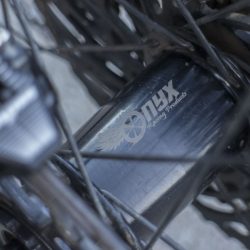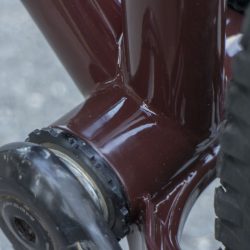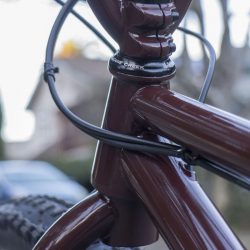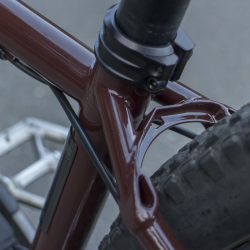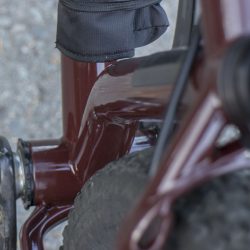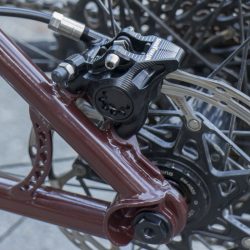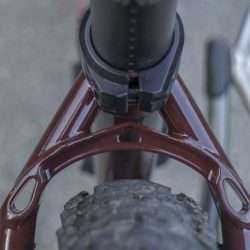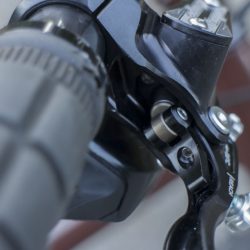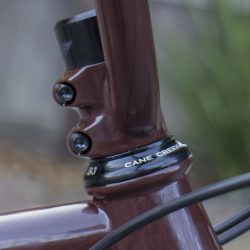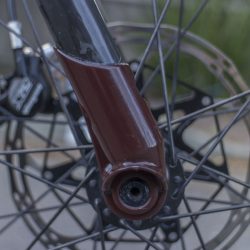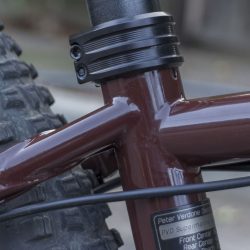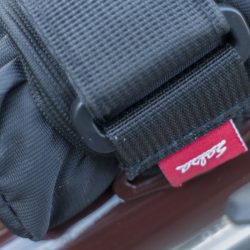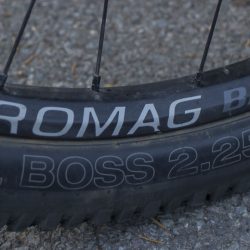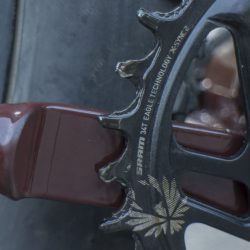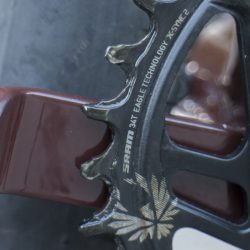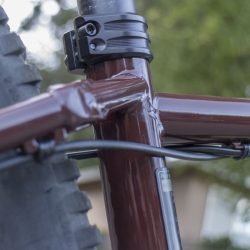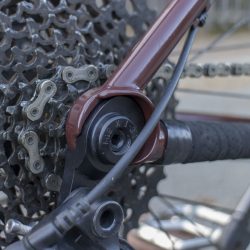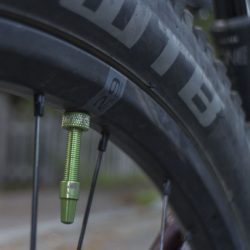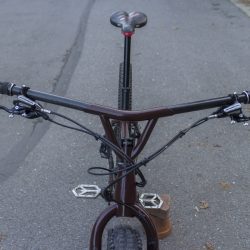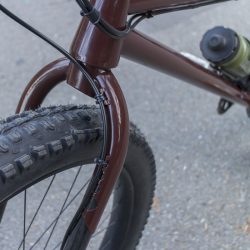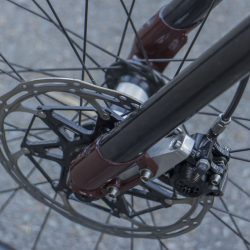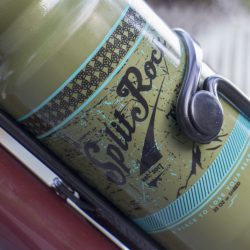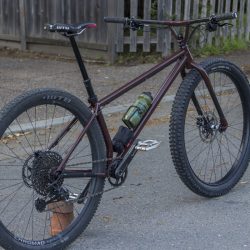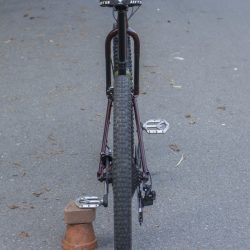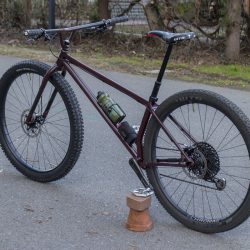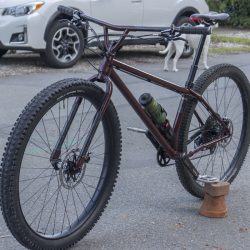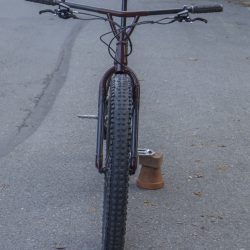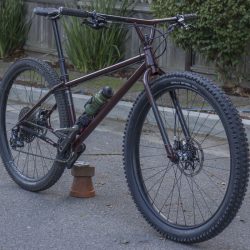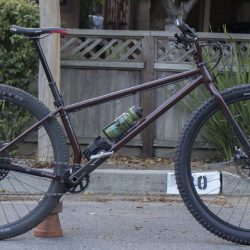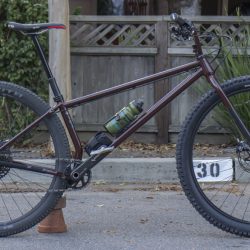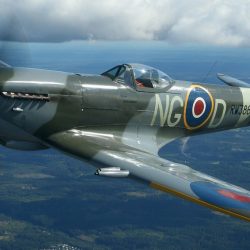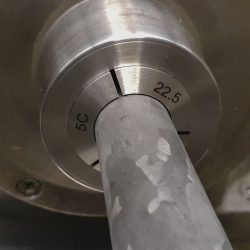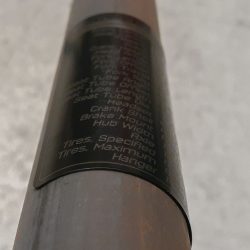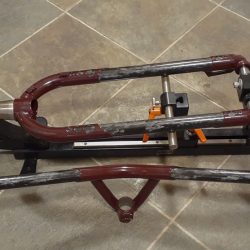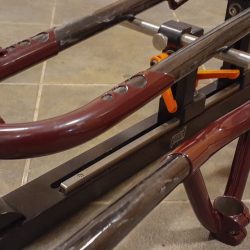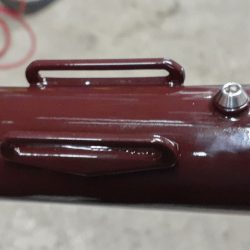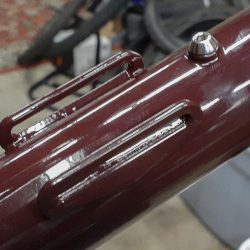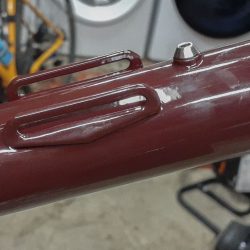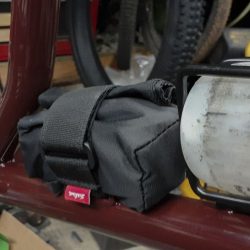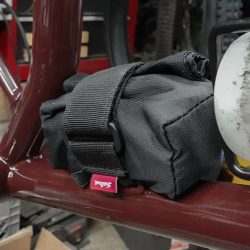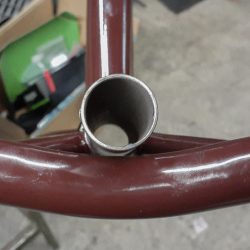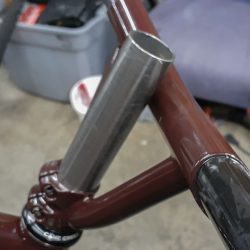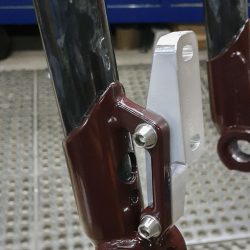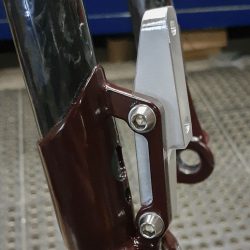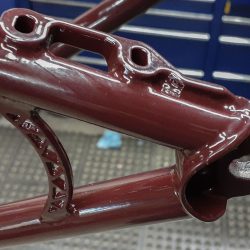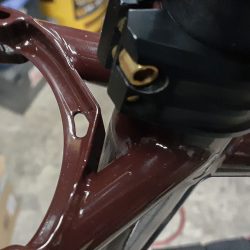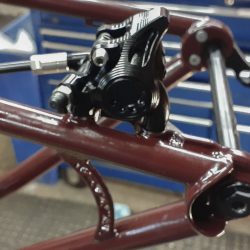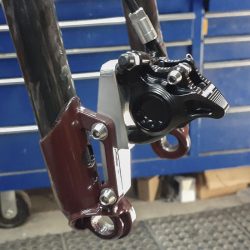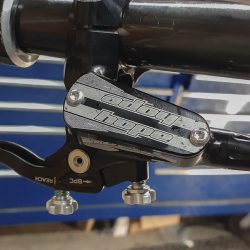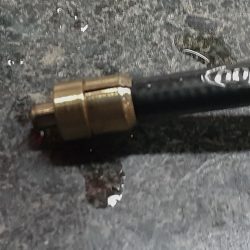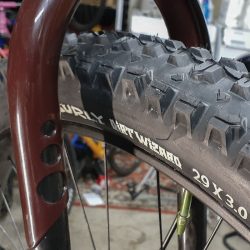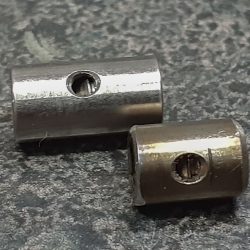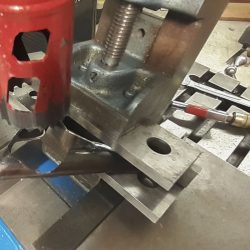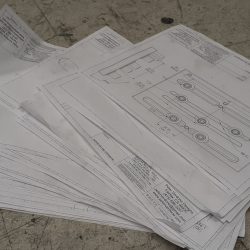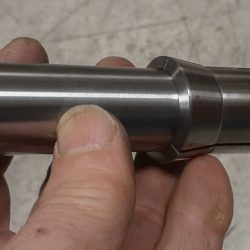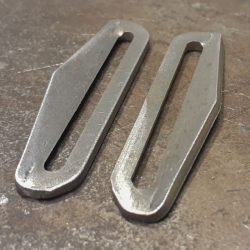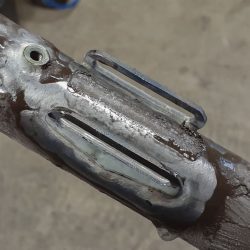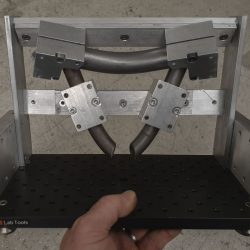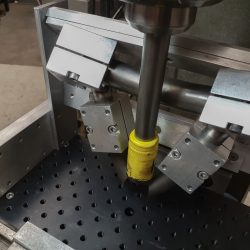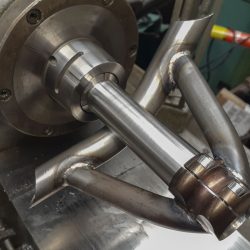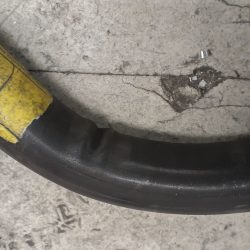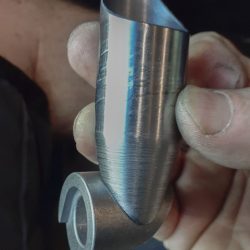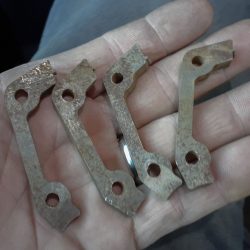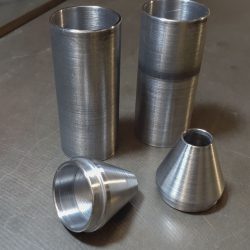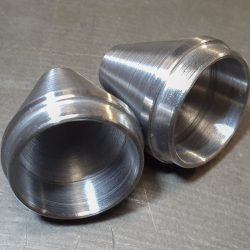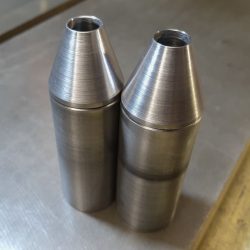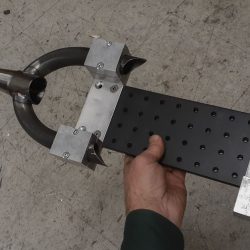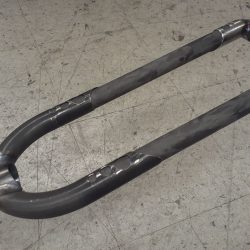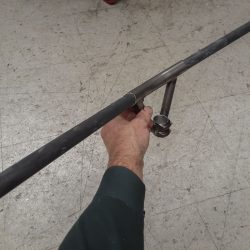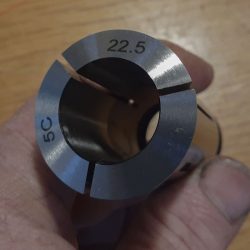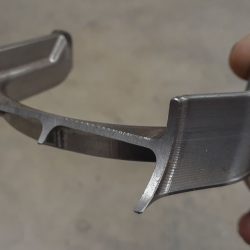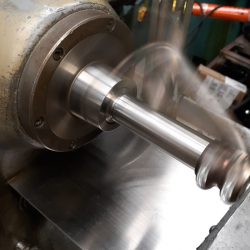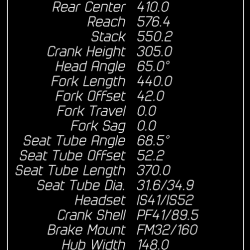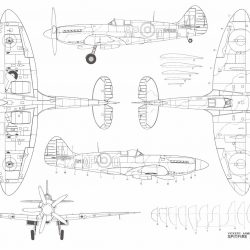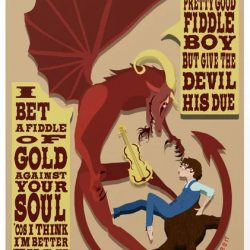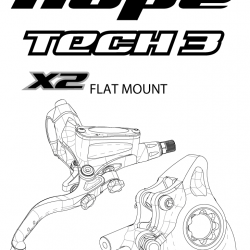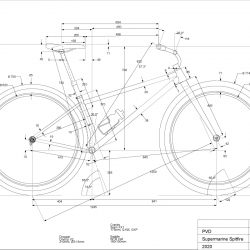Supermarine Spitfire.
Today is new bike day. I try to raise my bar when I build a new bike. Each has to be an improvement on the past. Better, faster, funner. Whatever it takes just push farther. Maximize, minimize, optimize. There’s so much room for development. This is another next level bike where few see any potential.
Designing and making this bike was one of the biggest undertakings of my career with bikes. It would have been a lot easier to work on this as a team but alone, as a one man army, it was monumental. Many hurdles and advances were realized from the last bike to this. Things went wrong. The world changed twice. And yet I persisted. It is now done, several months behind schedule. Just getting it rolling was a battle.
“Devil, just come on back
If you ever want to try again
I done told you once you son of a bitch
I’m the best that’s ever been”
The PVD Supermarine Spitfire is the third iteration of the modern klunker bike. Following the PVD Fokker Dr.1 and the PVD Sopwith Camel, this bike is a whole new era in antique combat tooling. I love this platform, especially as I get older and have different things to focus on during a ride. Klunkers have become a big part of my riding…and that’s on dope ass trail (not Repack parade laps). I’m not holding back. I’m ripping on less. It offers challenges and rewards.
It’s raw when riding on a klunker. No suspension or cleats. It’s just a bike. Get on, shut up, and hold on. This summer, I was helkling some enduro guys on the trail while I was on the Sopwith Camel. They egged me on to join them down the sick decent that they were about to do. I laughed and said yes. Turnabout is fair play. We head to the trail and roll in. I quickly dispatch with the 2 slower riders and am in full chase on the lead. He’s on an uber enduro rig and me on the klunker. I don’t ever pass him but I’m constantly moving closer. He knew what would happen given time. Chatting at the bottom, he asked how it was riding at such technical disadvantage. I answered “You can’t think that way. If you think that way you will crash. You ride what you have as fast as it will go. Possibilities are all you see, not limitations” It was a great moment.
The actual Supermarine Spitfire is a legend of WW2. It was fast, agile, and adaptable. A serious contender in the era of the blitzkrieg. It’s often referred to as the best fighter plane of the war. A great namesake for this new bike.
The front end limitations of the past have been eradicated. Wheel flop had been an issue on the Camel and I took measures to address that. The bike now feels significantly better on pavement.
Front center is in the range of a high performance enduro bike. My Warbird has 850mm of front center. The Spitfire is just 5mm shorter at 845mm, due to the lower offset fork. If you have experience testing full suspension, hardtail, and klunker bikes, you learn what the limiting factor is in different conditions. Suspension, surprisingly isn’t much of a factor in 95% or more of a given ride. Geometry is far more of a factor. I don’t ride as fast on a hardtail as on a full suspension bike, but I’m not much slower and I have so much more fun. On a klunker, I’m just a little slower than I would be on a hardtail, but the game is entirely different. It’s far more advanced. Like playing the chess master. With a klunker having a geometry as advanced as that of just a few works level enduro bikes, I can compare apples to apples.
Lack of front suspension is an issue for anyone on a dirt bike and it’s even worse for old bones. Fat grips are the first thing anyone will turn to but adding flexible bars is a boon. The next step was to get more flex out of the fork. The only good way of doing that is by using carbon fiber so that’s what I did. Testing will confirm if this worked out. I did do a lot of thinking about fender clearance with the fork. I want a rigid fork to be as low as possible but fenders and mud need space to play nice together. I finally held my nose and went with 440mm. It’s a little off without a fender but a fender will work even with the big knobby.
What made this such a monster of a project? I had to develop a new system for bending on my JD2/32 bender (post on this to follow), a carbon fork, a brake mounting system to go along with it, new tooling for my bar/stem building, A flat mount welding fixture, and a way to carry tools and tubes on the ride.
The JD2/32 bender is awesome. It needs improvement for thin wall tubes that I’ve solved. Even with early stage tooling, I bent the fork crowns and stem struts on it with good results. Those will improve in time with some impressive plans.
At first, I was going to build this bike with a steel fork with a carbon fork to follow. Over time, I knew I had to just go for the carbon entirely. This meant some engineering and shop testing. A few false starts but solutions that I like. Hopefully, this works and can be improved.
The carbon fork meant that I needed to develop and engineer an entirely new flat mount caliper mount as current systems wouldn’t work. The PVD Sidewinder system solves some special problems and is universal for front or rear.
The existing tooling that I had for my bar/stems were leftover from the first generation of MTB bars that got built into a rise bar system. There were lots of lessons learned from the start and tooling needed to be re-engineered to make it easier and cheaper to make either type of bar with any back sweep, rise, or extention. Now, I can setup for a whole new bar in about an hour on the mill and $10 of materials. It’s solid.
I had to figure out a nice way to carry tools and tubes on rides. On a typical performance ride, I have a camelbak to carry everything. Klunker rides are different. In a perfect world, I should be able to ride this bike with tennis shoes, t-shirt and cutoffs, and have water and tools on the bike. Seat bags work terribly with dropper posts so something else would be good. I mixed a few concepts from Guerrilla Gravity and Salsa Cycles to do this. For now, it’s a small Salsa bag but I have some improvements planned to carry more and more securely. It’s nice having something more robust than water bottle lugs for this.
What were hang ups? The mid-production introduction of the SRAM UDH system, the mid production release of the Shimano FM160 specification, finding MTB flat mount calipers, a tool and some parts that were going to be made for me weren’t. This is my hobby so if it takes time to get the engineering right, that’s what I’m going to do.
I wanted to build this bike with the new SRAM UDH. Coaxial mounting is an important development for the future of the derailleur drivetrain. Sadly, the prototype Paragon dropouts that I received just before PBE for this were too early in development and unacceptable for my use. I would have engineered a better solution but I was already buried in work and couldn’t spend the time and energy (and money) on such a project at the time. I had to move forward with known good dropouts. I figure, in the future, I can cut dropouts free and replace with UDH versions. It’s important.
Shimano’s release of the FM160(32) specification was big news. The problem? My engineering and tooling were for FM160(40). I had to re-evaluate everything brake just as I was trying to go to production. That meant figuring out PM adapter systems and revising the Sidewinder system that now had far less room to work around.
There is a lack of flat mount calipers on the market that are MTB capable is a problem. This will change in time as it is the next mount to take over from Post Mount. SRAM has some Level TLM versions in OEM (Mondraker) but there’s no hope of me getting those now. Luckily, the folks at Hope Technologies are looking at modern products and had developed an X2 FM caliper. I’ve had great discussions with the engineers and marketing people there over the years and they helped me with a pair for this bike. One issue, the hose routing on these is fixed and forced a seat stay mount while I had been intending a chainstay mount. This should be changed. I hemmed and hawed for a while on this but going with the seat stay mount is proper high performance positioning and I’m ok with it. Still, I should have a choice.
Sadly, problems with communication and expectations meant I burned 3 weeks waiting on a flat mount tool that never showed up. I spent time over christmas re-engineering a tool that I could make quickly in my manual shop with some waterjet help. Two days of cutting and I was welding the last details.
There was another problem that lurked in the details of my geometry. 1 1/8″ butted bicycle tubes currently max out at 650mm. The top tube on this bike is significantly longer than that. Steel tube suppliers live in the 1980s and their inventories reflect that. I tried hard to source a better tube for this position but was forced to use a straight gauge 4130 tube. We really need suppliers (and their customers) to start understanding the needs of modern bicycle design and provide tubes that can actually be used. Down tubes, top tubes, and seat tubes available are all relics of a bygone era.
A notable change from past klunkers is that I switched the front tire. In the past, I had been using the WTB Ranger (L/F) 622-76 tire. It was fairly light and worked well enough at about 18 psi. The problem with it had always been the very low knobs. Finding something with real knobs is an issue. Most tires in the 76mm range have little. Those that do are insanely heavy. I decided to go all in and take the weight hit. The Surly Dirt Wizard 60 622-76 seemed to have a good tread design. At 1390g it’s just 488g heavier than the Ranger I’d been using. Now I see that a Dirt Wizard 120 exists (although discontinued) that weighs 1096g. Since I’m using Cushcores in both my tires, and I had little issue with the weight of the Ranger tire, this will be added to my list to buy.
2020-01-12: Test ride #1
Started a ride on the front side of China Camp. Nice and easy on the proto fork. Up Bayview to Echo trail. Feeling good. Fork felt great. Scary as I have no idea what will happen. Up the paved Bay Hills Drive to the Nike site. Here’s where it gets very scary. I start with Elevator #3. That goes well. Fuck it. Elevator #5. Fine. I do #5 4 more time. It went well. No Elevator #6 today. Later in testing. That’s a big one.
Down Hitler. Hitting it harder and harder. All good. Hummingbird to Canary to the Old Water tank site and back to JT Howell. Up Gold Hill FR. Quercus II, III, & IV. Maytag. Then the biggest hardest test of all, Back Ranch Fire Trail. OMG. I wanted to go fast but the speed and roughness and ruts of the trail. Hard hard hits. Bangers. The bike took it. I was scared as hell. Worried about the fork. Fire in eyes at the bottom. Gentle ride on Bay View trail back to the car.
I did an honest trail ride. Nothing nutty but solid and on message. The bike was fine. Next test is going to be harder. Still, I have a lot more trust in the fork to gamble more. This morning I knew nothing. Now I know something.
The fork is softer. It is. I need to push it harder on purpose and while in a calmer mode to know it better.
Outside of the fork, the bike is amazing. Basically, an improved and faster Sopwith Camel. The steering is far better. Amazing what a few subtle tweeks can do. The riding position is great. It’s relaxed but can still put power through it. It’s balanced nice. I love it.
The cargo strap braze-ons and the bag worked perfectly. No issue. No wagging or banging. It just held fast and solid. Now to improve capacity and looks. I am wondering about water proofing. I’ll keep my eye on that issue.
Next round of testing will include more vertical drops as the bike seems to be handling the rough trail load fine.
More good news. Stickers should be in next week!
A pretty cool design. Marin County Sheriff’s Department star, Mt. Tam, Marin County, Poison Oak…and PVD! Sums up my experience. Clear base and die cut shown here with a similar color as the new bike.


